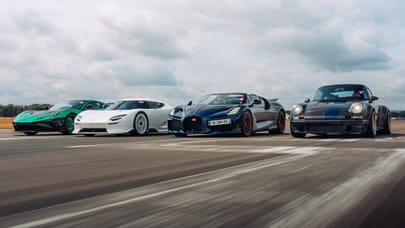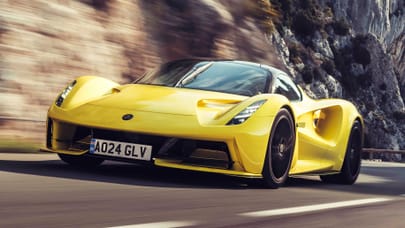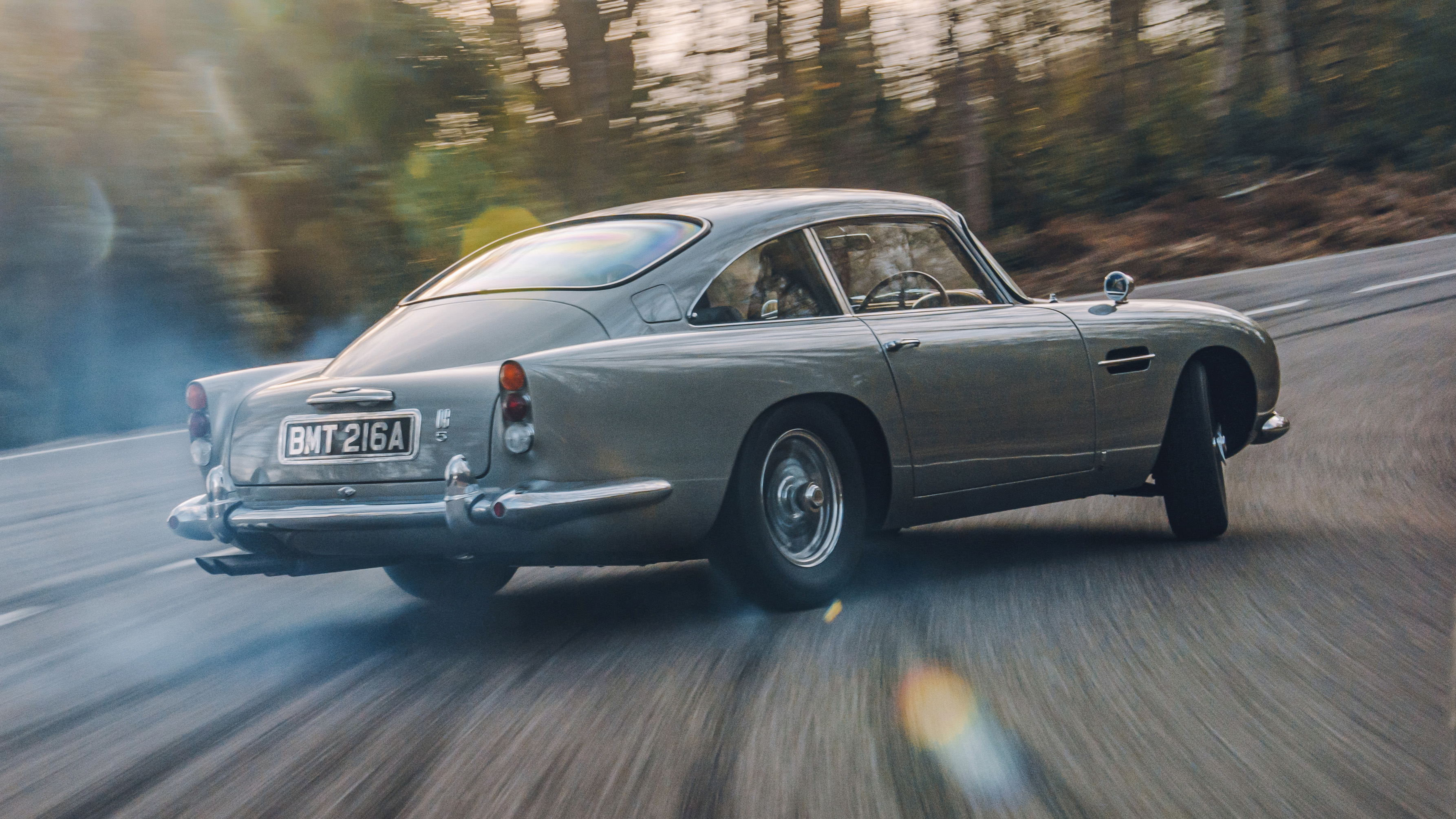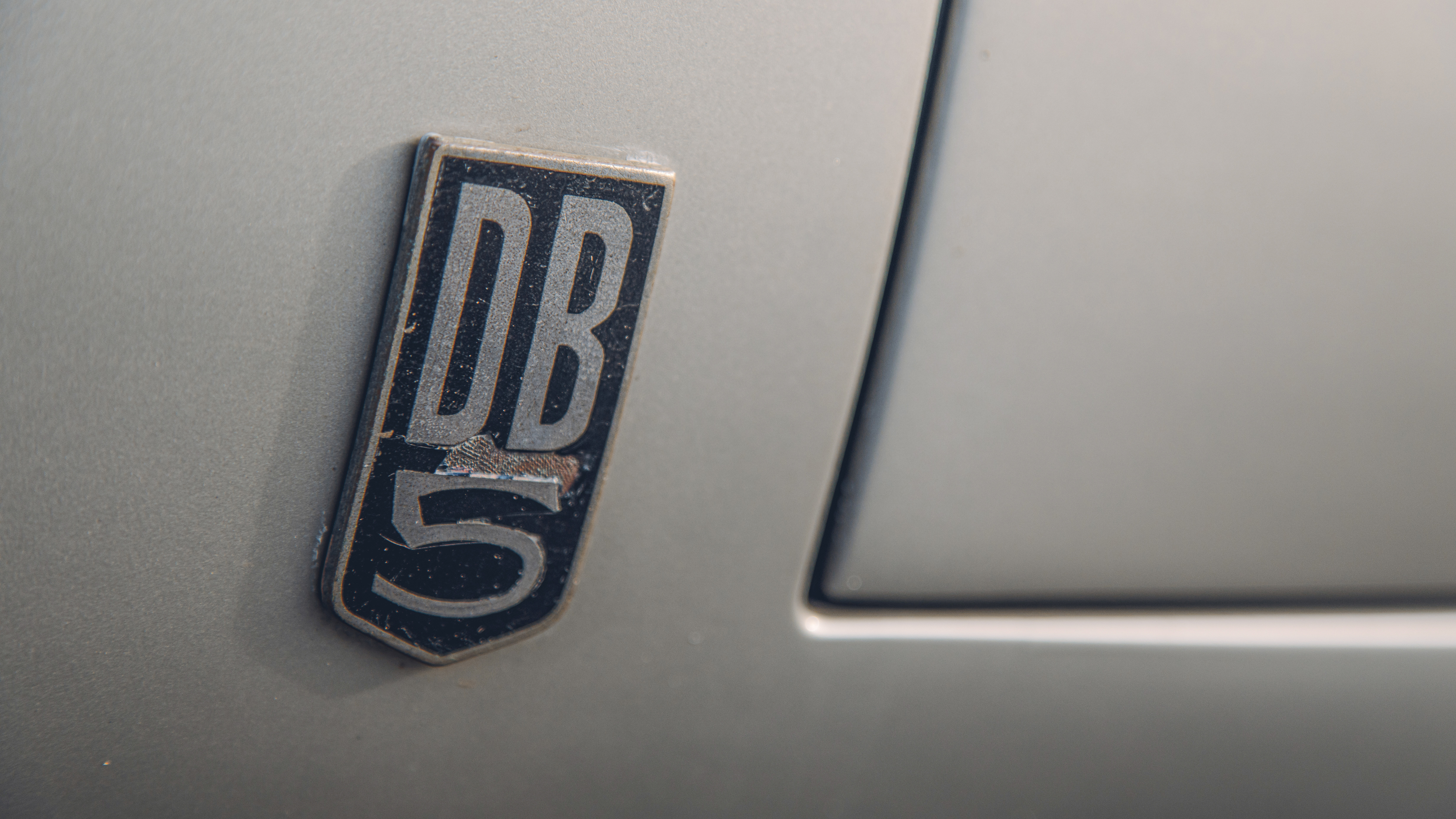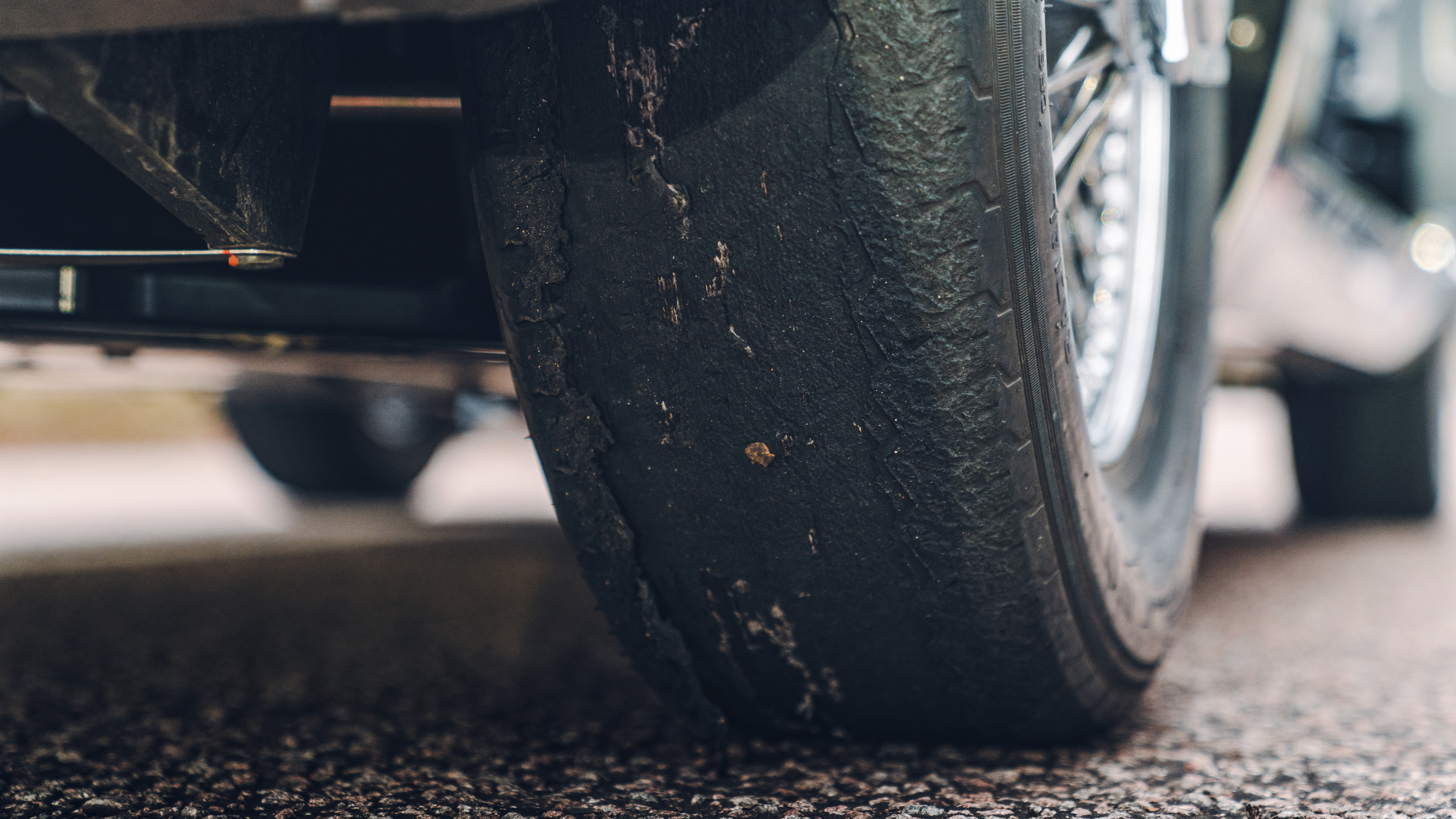
The best Bond cars ever, part 1: the Aston Martin DB5
Six cars, one per 007 era and an overall winner. Sean Connery’s most iconic car is up first
“James Bond is a blunt instrument wielded by a government department,” his creator Ian Fleming noted. “He is quiet, hard, ruthless, sardonic and fatalistic. He likes gambling, golf and fast motor cars.”
Fleming’s character co-ordinates would be well-observed and liberally interpreted across the 24 films the world’s highest- profile fictional spy has appeared in over the past 58 years.
Now, Bond 25 is imminent. No Time To Die arrives in cinemas this week, allowing Daniel Craig to flex his actorly muscles as he signs off from playing 007, putting him through the emotional wringer, while the film’s stunt crew and production designers reimagine the very essence of a car chase yet again. Apparently No Time To Die features the most brutal one ever seen in a Bond movie. Which made us think. Six actors have played 007 on the big screen, and they’ve all had carefully cast automotive co-stars.
In fact, for many of us, watching a Bond film on the TV at a formative age is one of the reasons we became consumed by cars in the first place. The ginormous global 007 fan base endlessly debates who the best Bond is, but which Bond had the coolest car? Choosing one per actor, Top Gear gathered the key vehicles together in the same part of the space-time continuum to explore their history, and conduct a quasi-scientific but mostly subjective test. First up, Connery's DB5...
---
Photography: Mark Riccioni and John Wycherley
When the producers began casting for the first Bond film, 1962’s Dr No, Cary Grant and James Mason were both approached, but neither was overenthusiastic, nor indeed quite right. “To be candid, all the British actors I had interviewed, while very talented, lacked the degree of masculinity Bond demanded,” producer Cubby Broccoli said. “To put it in the vernacular of our profession: Sean had the balls for the part.”
Although the first two films were box office hits, it wasn’t until 1964’s Goldfinger that Bond went blockbuster, and Sean Connery became a superstar. Bond personified a particularly British and increasingly marketable sense of confidence. Goldfinger united the elements that generally define a great Bond film: the villain, the locations, a great female co-star, and, of course, the car.
The Aston DB5 is the first true Bond car, not least because it introduced audiences to the famous suite of gadgets: the machine guns, tyre slashers, hydraulic rams and, of course, the ejector seat. Fleming’s books mostly put Bond in a Bentley, but his reference to an Aston in the Goldfinger novel triggered something in the film’s production designer, the car-loving genius that was Ken Adam.
A crew member had to squeeze himself into the boot to trigger the smoke screen
“I did a sketch of the car, and then discussed that with [special effects supervisor] John Stears,” he recalled. “I had a Jaguar, which was continuously being damaged by people parking badly. Having guns at the back of the Aston Martin and the over-riders becoming like boxing gloves and so on, became part of me releasing my frustrations... I’m a sports car freak myself, you see, so all the ideas for the gimmickry and gadgets were no problem. They were just my own dreams! I got rid of a lot of my inhibitions when it came to designing the Aston Martin.”
Aston itself was initially reticent, despite having just launched the DB5, its 4.0-litre straight-six now good for 282bhp, its Touring-designed body newly finessed by Federico Formenti. Aston’s general manager Steve Heggie was advised to do what “he felt was right”, and two cars – one of which was actually the original DB5 prototype – were duly loaned to the production. The gadget car was transformed in just six weeks by a tiny team of ingenious and indefatigable special effects wizards, using pneumatics, hydraulics, and acetylene and oxygen tanks to make everything work. That didn’t leave much room; indeed, a crew member had to squeeze himself into the boot to trigger the smoke screen. “When I first mentioned to the lads my intentions, well their language was rather choice to say the least. Let’s just say they thought I was off my rocker,” Stears said.
For a car so renowned for its robust movie exploits, driving a DB5 now is a distinctly decorous process; this is assuredly more a (56-year-old) GT than a sports car. If its looks are its trump card then the induction roar from its twin-cam engine comes a close second. Of course, it’s all academic; you feel every one of the million dollars a fully restored DB5 is worth, perched on its plump leather chairs, bamboozled by its eccentric ergonomics, staring into the tiny mirror mounted halfway along the front wing.
Top Gear
Newsletter
Thank you for subscribing to our newsletter. Look out for your regular round-up of news, reviews and offers in your inbox.
Get all the latest news, reviews and exclusives, direct to your inbox.
Filming on the DB5’s famous night-time chase scenes began on 9 March 1964, with Black Park, a 500-acre wood next to Pinewood, doubling for the area around Auric Goldfinger’s Swiss HQ. The last scene Sean Connery filmed for Goldfinger was Tilly Masterson’s death, in the same wood, on 21 July. The last scenes shot for the film were pick-ups done on 12 August, the very day that Ian Fleming passed away. His creation was about to go stratospheric.
Gadgets: 10/10
Speed: 6/10
Pulling power: 9/10
Skids: 8/10
Stunts: 6/10
Star status: 10/10
Total: 49
Stay tuned to TopGear.com this week for Lazenby, Moore, Dalton, Brosnan and Craig...
Trending this week
- Car Review
BMW iX3




